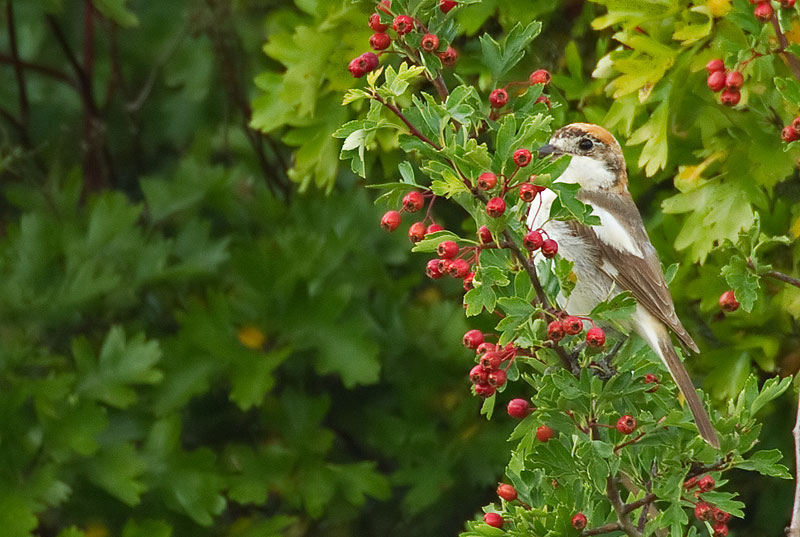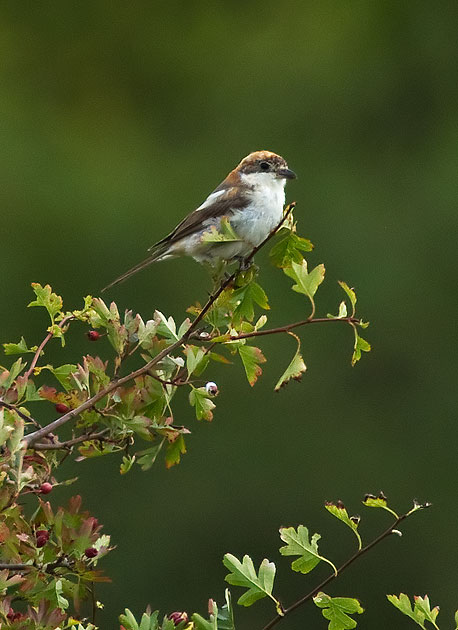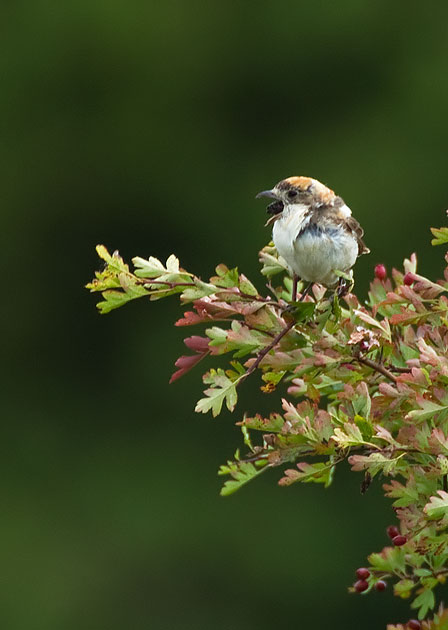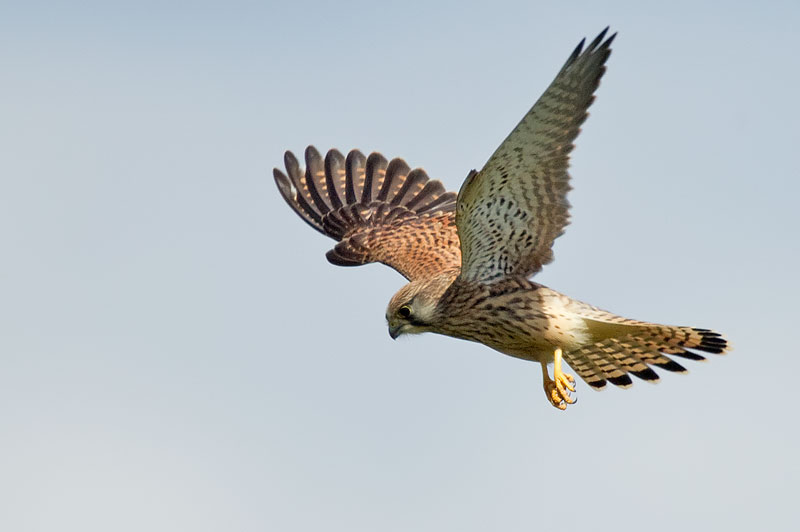August 2011
30th - another fruitless three hours of crake hunting. Three bitterns, 3 garganey and a marsh harrier were at Meare Heath.
29th - a walk over the fields to our local gem the Old Barn at Wraxall for a pint of Doom Bar at lunchtime - a yellowhammer and a kingfisher en route.
28th - Meare Heath. Not telling when there is and telling when there isn't: an irritating and weird afternoon. I saw a spotted redshank, 4 ruff, 2 dunlin, a ringed plover, a garganey, a bittern and the colour ringed great white egret, but failed to see the spotted crake despite looking for 3 hours. I saw 3 water rails and had one possible view of the crake. The person next to me apparently saw it briefly, but failed to tell anyone else assuming everyone had seen it - of course no-one did. On the way back to the car park I called 'bittern' to 3 people 30m behind me and their faces lit up when they saw the flying bird. Surely it only needs a little effort! Even more bizarre was when a guy walked past saying 'if you want to see an easy spotted crake, go to Catcott Lows -there are currently 2, possibly 3 birds in front of the hide'. Several people left immediately. When I got there an hour later, I found several disgruntled birders, and there was hardly any water present on the reserve. The one little channel remaining had its vegetation bases submerged at depth - clearly not suitable for a spotted crake. A hobby hunted at the back of the reserve. Back at Meare later I bumped into the guy who made the Catcott 'sighting' again and challenged him about it, but he was adamant that it was genuine, saying 'I know my birds'. I later learnt from a reliable source that the observer had made lots of outrageous claims in the past regarding birds that he and no-one else had seen, but had not been seen birding for some time. If the delusions are associated with a mental illness, my apologies. But, fellow birders, be wary!
27th - good selection of birds at Chew in the morning- a Temminck's stint crouching and feeding in amphibious bistort, a little stint, a sanderling, a turnstone, about 30 ringed plover (may have included some little-ringed - very distant), 3 dunlin, 2 green sandpipers, 3 common sandpipers, a spotted redshank, 7 greenshank, 4 black-tailed godwits, a snipe, 6 little egrets, 2 black terns, a garganey and a wheatear.
24th - little owl calling in Flax Bourton.
21st - some good birds at Meare Heath - ruff, 2 green sandpipers, wood sandpiper, 3 knot, greenshank, spotted redshank and an osprey (presumably the bird that has been stopping off here on autumn migration for several years). Spotted redshank and ruff also at Chew on the way home.
18th - the rising moon was impressive tonight. An old lady moth entered our porch. This is quite an uncommon species, and it's huge, looking especially large when it flops about in flight.
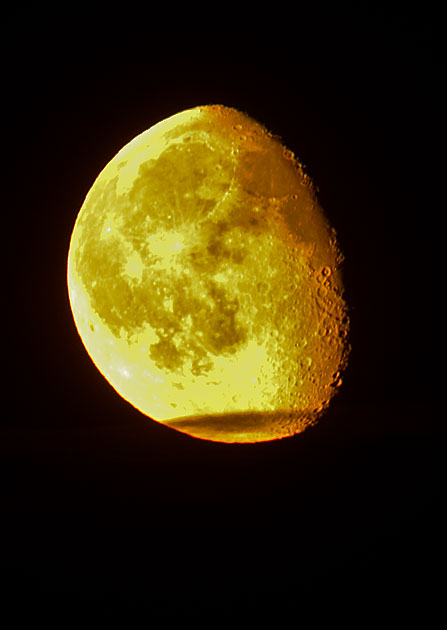
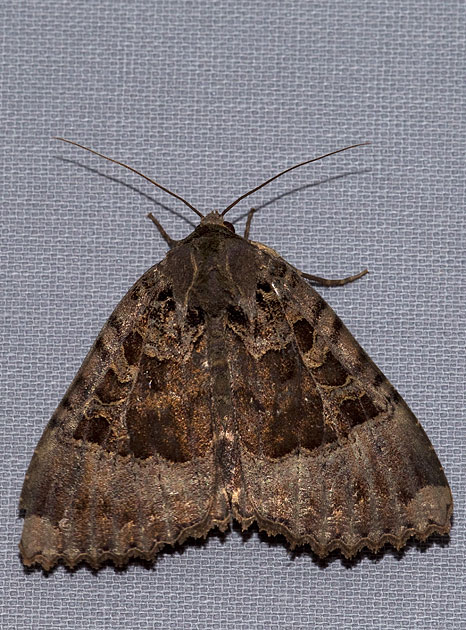
17th - a day in Dublin doing a PhD viva. A common tern flew up the Liffey near the city centre with a fish in its mouth. The only crows I saw were carrion crows.
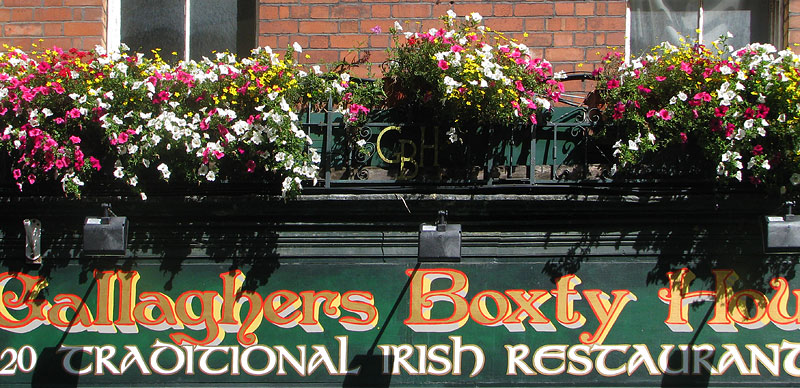
14th - Barrow Tanks. There's a brood of 5 tufted ducks on Tank no. 3 at present - I wonder where they nested?


Two black-necked grebes are also on the reservoir - an adult with a vivid red eye, and this juvenile, identifiable by the buffish patch on the neck side and the less conspicuous red eye. The juvenile was very tame, and it was great to watch as it dived for sticklebacks, often surfacing covered in pondweed. It was quite tricky to photograph though as it was typically backlit. Later in the day we had our annual display from the Red Arrows, as they flew over Ashton Court during the balloon fiesta.
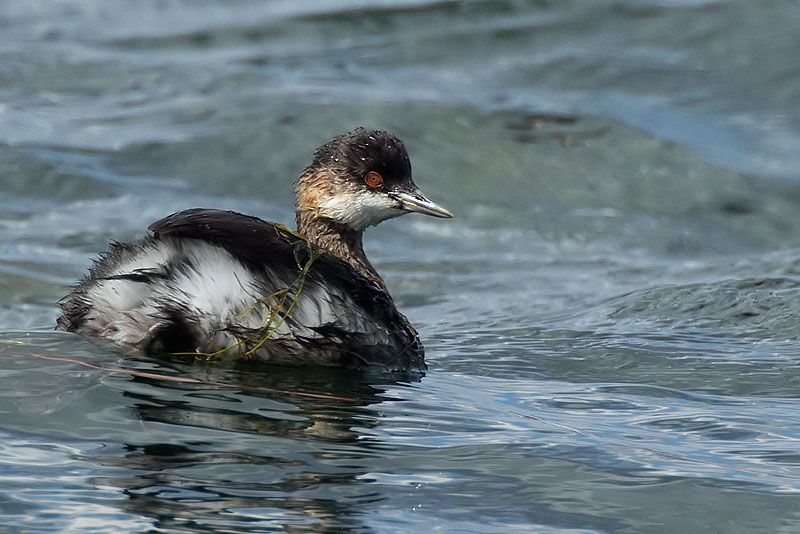
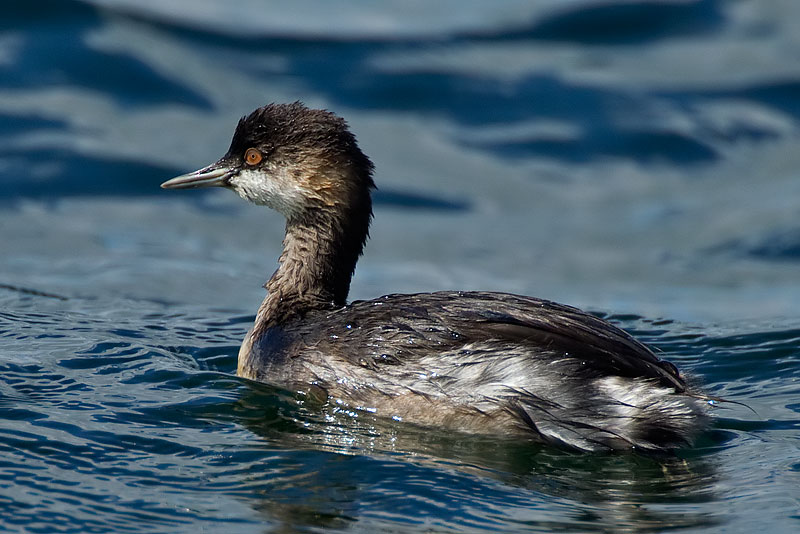
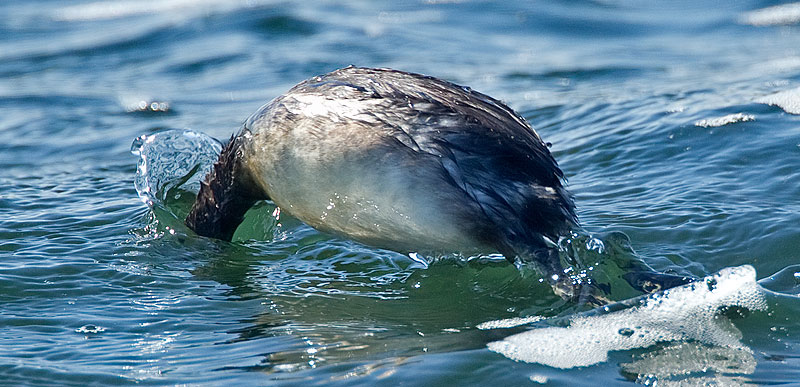
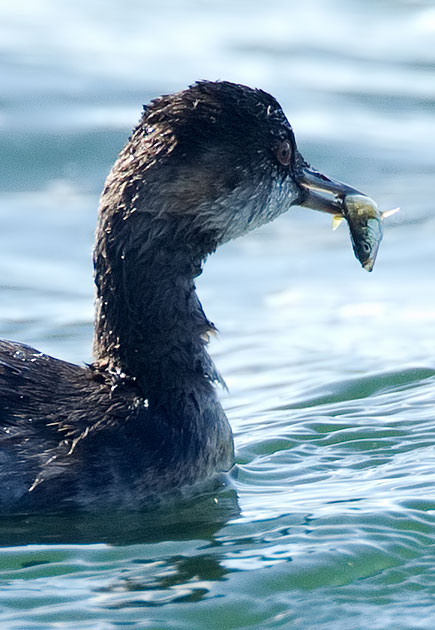

13th - this caterpillar in North Wootton, Somerset was presumably a larva of a lime hawk moth that has changed colour immediately prior to pupation. Ham Wall was very quiet - I saw a bittern fishing next to a wide channel where it has been seen frequently in recent weeks, and a lame mink limped over the approach road.
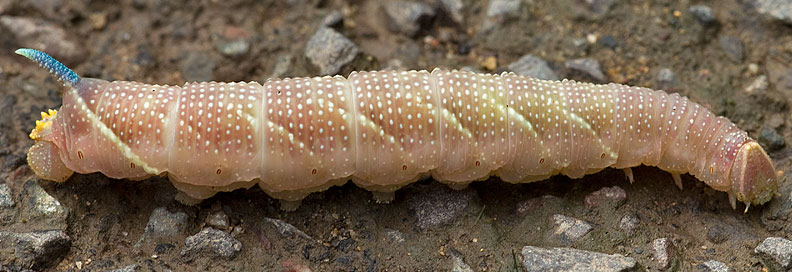
7th - little at Chew - 10+ swifts, 10 green sandpipers, 2 common sandpipers, a dunlin, a ringed plover, a ruddy duck and at least 7 little egrets.
6th. The first-summer female woodchat shrike has been at Chipping Sodbury common for over a week now, and at last I faced driving out to see it. There's some nice habitat on the common, though the shrike wasn't easy to photograph while avoiding disturbing it. It's coughing up a pellet in the bottom right photo. A kestrel hovered overhead when the shrike disappeared, and 2 ravens flew overhead.
